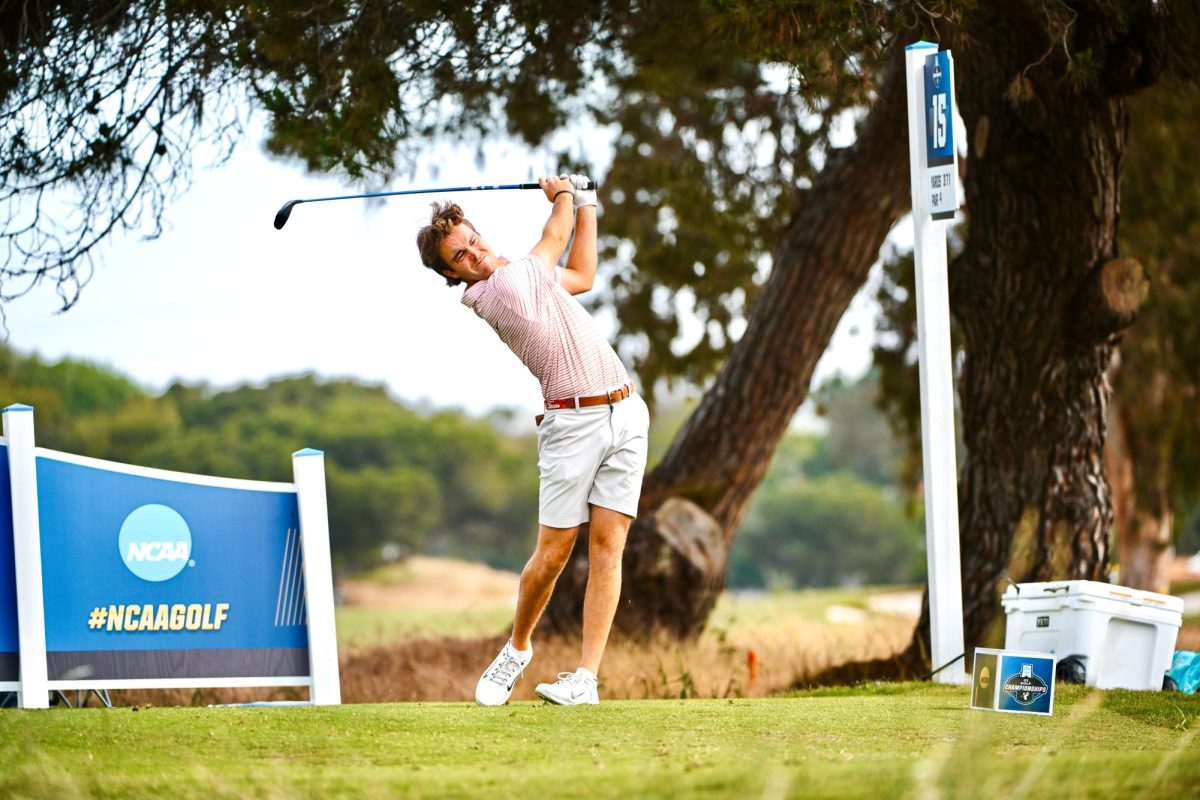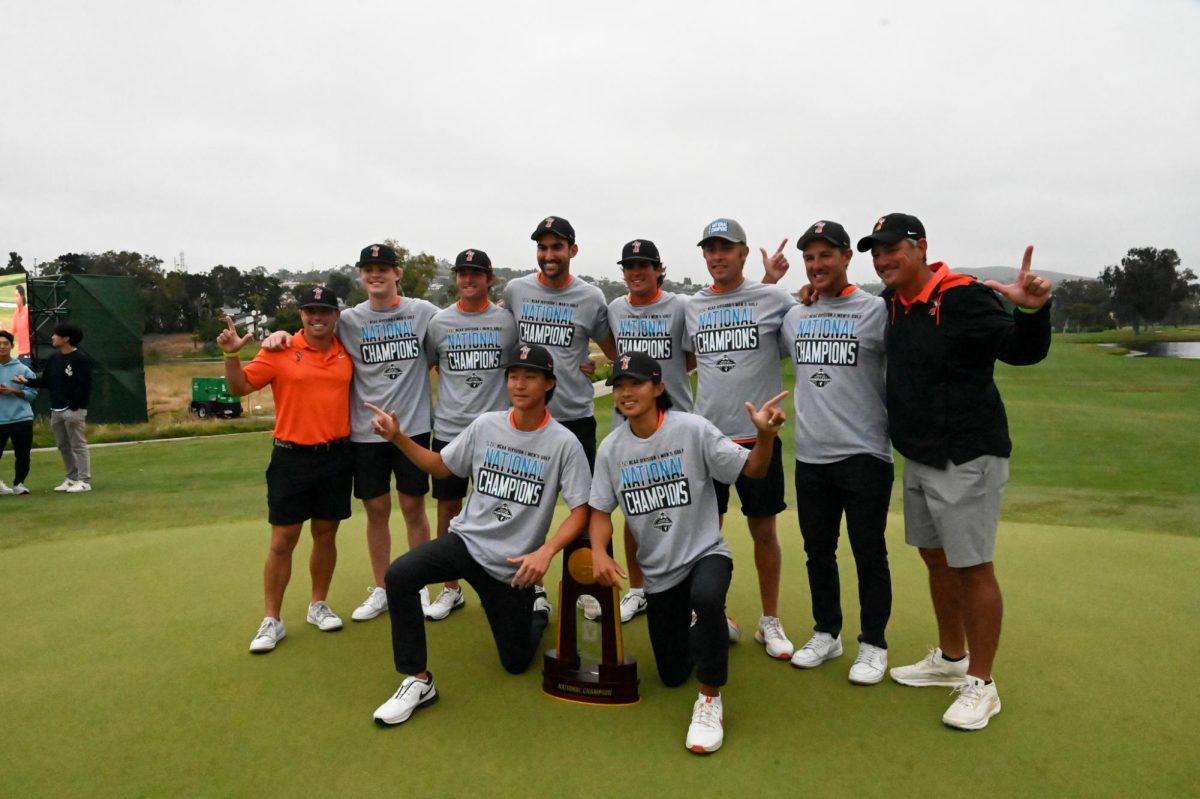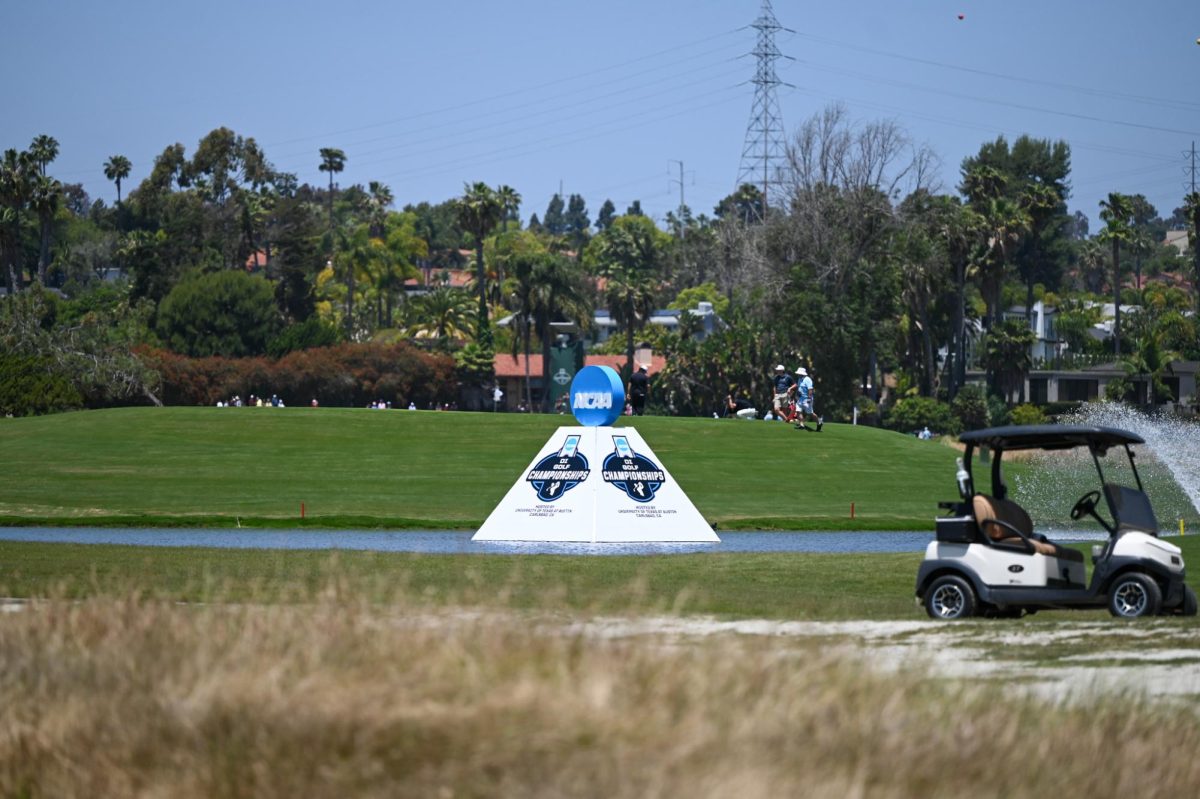When you turn on the television to watch a college football game or a college basketball game, there’s a good chance that most of the players on the screen will be from the United States.
The abundance of American players is also reflected in the top sports programs. As defending football champions, the University of Michigan only had two international players on its roster. Just like in football, the defending men’s basketball champions, the University of Connecticut, only had three international players on its roster.
However, the same cannot be said for women’s golf, as all of the top-ranked schools in the country have international players on their rosters.
For example, Stanford University is currently ranked No. 1 in the country, and out of the eight golfers they have on their roster, three are international students.
The same could be said for No. 3 ranked Wake Forest University, as three of the five golfers on their roster are international students.
Why are there so many international players picking up golf?
It has long been said that in the golf world other countries are starting to play the sport, but what is the data behind this notion?
According to a report by Accounting and Business Magazine, the “golf boom” has occurred mostly in Asia.
Over the past decade, golf courses have tripled in China. Korea has also indulged in the game, as the report stated, that Korean golfers spend the most money per capita on golf gear in the entire world.
What is the process for international players to join college teams?
Although these players may be from different countries, the process of recruiting and signing them isn’t much more difficult than if the players were from the U.S., as services have allowed international players to be noticed by college coaches.
“We get a lot of emails from international players; there’s a lot more recruiting services involved now with recruiting, so we get a lot of emails from recruiting services saying, ‘hey, we got this international player who really wants to go to nice weather,” said Lauren Dobashi, head coach of the San Diego State women’s golf team. “I also usually take one trip to Europe because there’s a big event that goes on that brings a bunch of internationals together.”
Along with the top teams in the country, SDSU has its fair share of international players as only one player on their roster is from the U.S.
“I think we have a huge draw in that San Diego is known for its great weather, so we get a lot of emails from international players,” Dobashi said.
When an international player reaches out, Dobashi looks at their scores and rankings, and then they set up a meeting to see if the recruit meets their needs.
“Obviously, for kids in the states, we have a little easier access to watching them play because they’re playing more locally, so typically we like to see them play, and if all the stars align and if it’s a good fit, that’s how we go through our process,” Dobashi said.
Can the same be said for men’s college golf?
The process for an international player looking to join a men’s team is very similar, but it depends on the coach and their priorities.
For SDSU men’s golf, head coach Ryan Donovan prefers to recruit native San Diego players first, followed by California players, and after that, he opens up to international players since there is usually a lot of interest from the golfer’s side.
“With our climate, with our schedule, with our success, with our golf courses, with our support, kids want to come here,” Donovan said. “I think our schedule is a huge component in that; we play a tough schedule, we have amazing golf courses, we get invited to a lot of good tournaments and I think they like that.”
Although the men’s roster isn’t made up of as many international players as the women’s roster, Donovan has had his fair share of international players and noticed how grateful they are for the opportunity to play college golf.
“They just so appreciate the opportunity,” Donovan said. “The respect, the opportunities and everything we give them, they are just so humble about it, and they are just great kids.”
How do international students adapt to the new environment?
Once international students come to the United States, big adjustments are made. For most of them, not knowing anyone or not knowing how to speak English can be challenging.
For some students, playing on a team and being surrounded by teammates can make that process much easier.
“Playing for SDSU is the first time I’ve played with teammates, because when I golfed in Japan, it was individual… Now we can encourage each other through conversation, and I just build off of that,” Emma Narita, a freshman golfer at SDSU, said. “My teammates were so kind to me, not only playing golf but also studying and giving advice.”
Creating relationships not only with their teammates but with fellow students and other friends is something that international athletes cherish as well.
“Some of my friends had just ended practice and decided to come watch me, so that was pretty big,” SDSU sophomore Pol (Chanachon) Chokprajakchat said after his friends watched him play in an event. “It kind of motivated me throughout the round too because they made the trip out here, so I just want to perform for them; that was the mentality I had.”

Are international players the future of college golf?
With international players making up the bulk of college golf, their presence is also being felt in the world rankings.
According to the current World Amateur Golf Rankings, international players make up seven of the top 10 women amateurs in the world, including the four highest-ranked players.
Although only two international players are in the top 10 World Amateur Golf Rankings for men, coaches are starting to pay more attention to international players.
“In my third year, I went over to Europe, and there were four coaches there,” Donovan said. “Now when I go to the same tournament, there are 50.”
With more and more coaches recruiting international players, it seems college golf will continue to be a worldwide venue for golfers.






